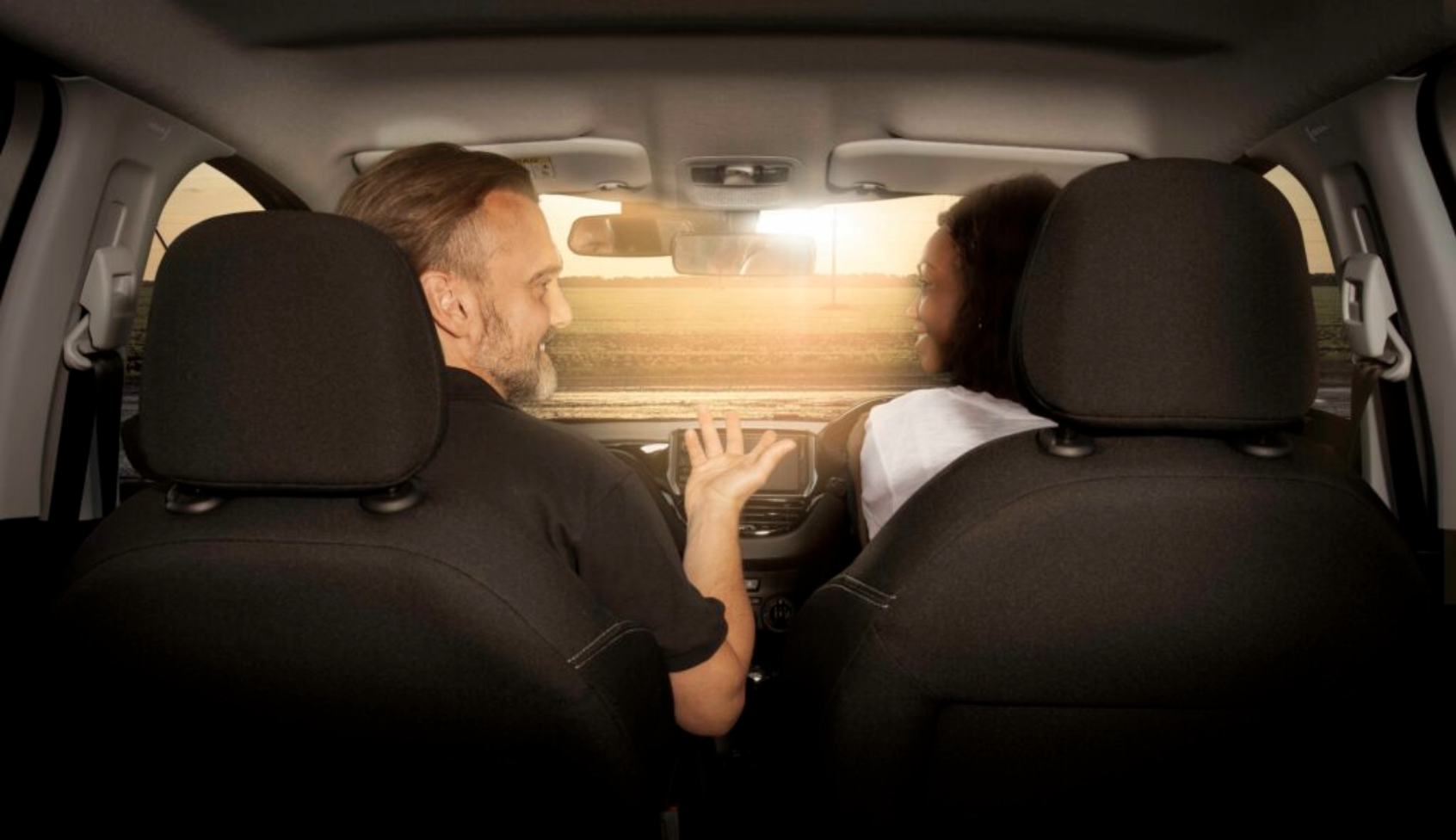Everything You Need To Know with BSM
Overtaking/
Undertaking Guide

The Beginners Guide to Nailing Every Single Overtake
In a perfect world, this guide would not need to outline 'undertaking'. We would simply tell you how to overtake safely, and keep you learning in the best possible way. However, as you will understand and witness, some motorists will still undertake despite its obvious dangers.
Your key to being confident on the roads across the UK is to understand when, where, and how to overtake other vehicles.
Overtaking on Roads, Dual Carriageways and Motorways
One of the most common overtakes you will perform is on the motorway or dual carriageways, but it is occasionally needed on roads too. Buses, lorries, trucks, caravans, recovery vehicles, tractors, and long vehicles will often remain in the left lane. To successfully overtake, it is vital that you pay attention to the vehicles behind you, beside you, and in front of you.
The first step to mastering an overtake is to assess the road ahead. Dual carriageways will often have a number of roundabouts along their route, so don't take it as a given that there will be space to complete your overtake.
Once you have assessed the road ahead, you will want to ensure you have good room between yourself and the vehicle in front. This leaves you plenty of space to build up speed to make your overtake smooth. One other element to consider is whether you are approaching a hill, and whether your vehicle has the power to perform the overtake.
Final considerations before overtaking
Coast clear and space ready, it's time to go through a list of checks for vehicles in the next lane. Through a mixture of your wing mirror and interior mirror, you can check a number of things, such as:
- Is there a vehicle passing by to overtake?
- Is the vehicle behind me indicating to perform an overtake?
- Is there a vehicle moving from the outer lane into the lane I wish to use?
These considerations are vital, and can be ticked off every time. You should also check over your shoulder for your blind spots – smaller cars and motorcyclists can be lurking in these spaces. If you are confident that everything is clear, you will then be able to indicate right, make one last blind spot check, and move into the next lane with ease.
When can I Overtake?
Overtaking should only be attempted when safe to do so. The common situations where you should never overtake are:
- On bends
- On roads with no overtaking signs
- On roads that have two double white lines between lanes
- On roads that have a solid single line
Safety is paramount when overtaking. If you fail to perform the relevant checks, you will be putting yourself and other road users in great danger – especially when you are on a motorway travelling at 70mph.
Overtaking Cyclists and Other Road Users
You will almost certainly come across cyclists during your driving life. Overtaking them can be very tricky, especially if a queue begins to form behind you and you feel pressured. It is essential that you wait for an opportunity to overtake, ensuring that you leave the cyclist plenty of room (they may swerve to avoid a puddle or pothole). Overtaking cyclists and other road users on normal roads is simple and echoes the same sentiment as overtaking a vehicle but with an extra onus on oncoming traffic. Their speed and the road's speed will dictate how safe the overtake is.
Motorway Lane Etiquette
A common misconception about motorways and even dual carriageways are that the outer lane can be used at all times. This is incorrect. On all roads there is one lane and a number of overtaking lanes. If you are not in the process of overtaking, you should return to the left lane. While this is simple, some road users fail to follow it. You should not, however, try to undertake them. This is an extremely dangerous manoeuvre which can lead to confusion, a risk to other motorists, and police attention for your dangerous driving.
Take these tips and excel at those overtakes during every journey.